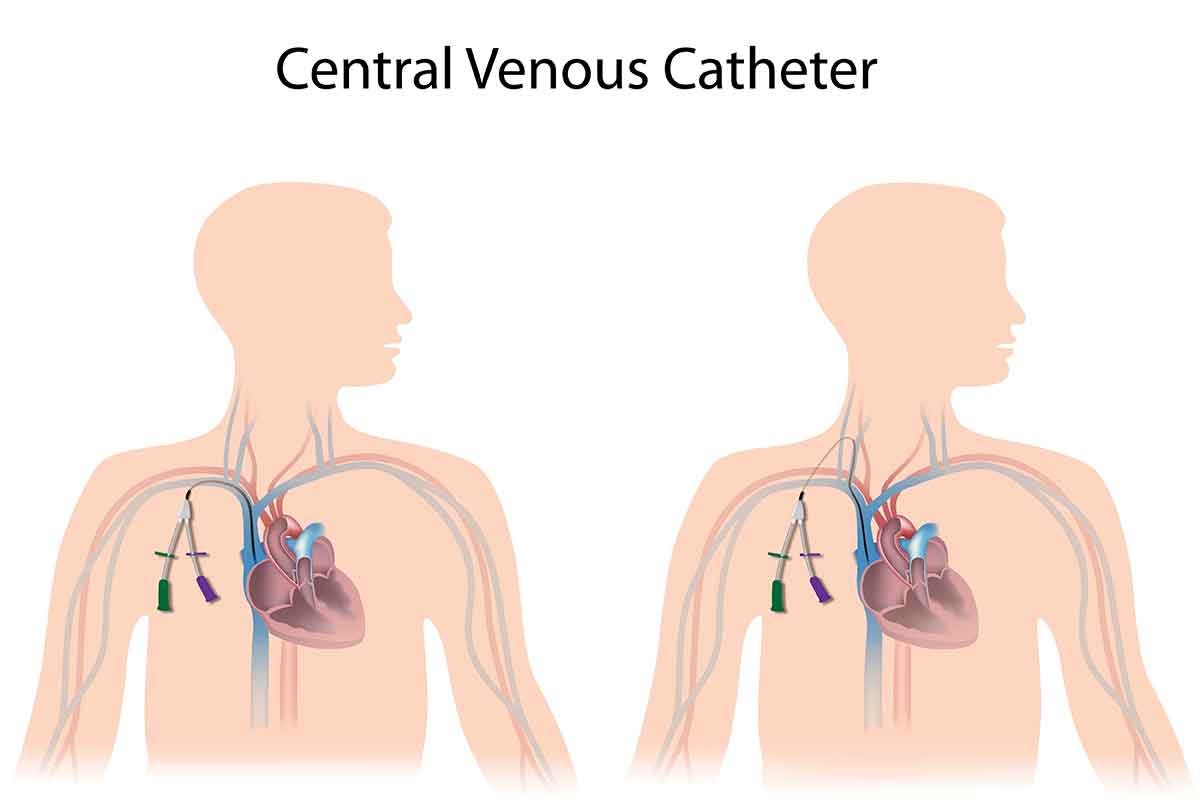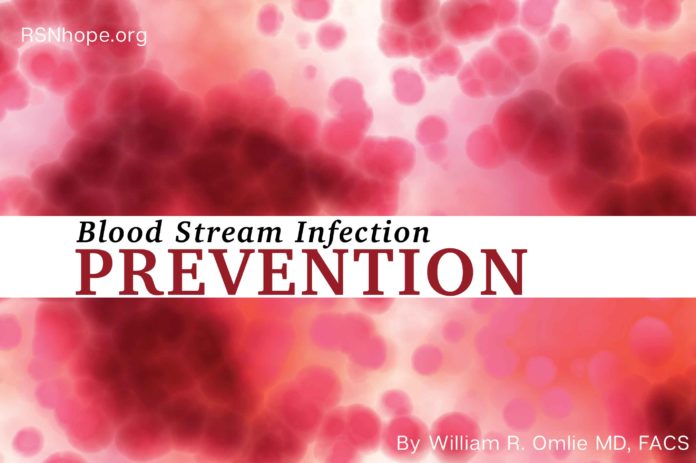I have been a vascular surgeon for over 30 years and have treated many people who require a dialysis access to receive life-saving treatment. For people receiving dialysis, an infection is the second leading cause of death. People who undergo dialysis are at a higher risk of getting an infection because of the need to access their blood frequently. And, the immune system of people with chronic kidney disease often doesn’t work well, which makes it more difficult for their bodies to fight infection.
Many people start out receiving hemodialysis using a central venous catheter (CVC) if they didn’t have time to prepare with a permanent access. A CVC (sometimes called a central line) may be used temporarily for a few weeks or months while waiting for a fistula or graft to be ready for dialysis. But, there may be conditions that prevent you from being able to have a fistula or graft–for example, if your vessels aren’t strong enough to support a fistula or graft, or if you aren’t able to have surgery. In those cases, your kidney doctor may decide that a CVC is needed permanently.

A CVC is a soft tube that is placed in a large vein, usually in your neck or chest. The end of the tube extends outside of the body and is separated into two individual channels called lumens: one lumen is used to draw the blood from your vein and out of your body into the dialysis machine, and the other lumen allows cleaned blood to be returned to your body.
When a CVC is used for dialysis, the dialysis staff won’t use needles, and your arms are free during dialysis because the CVC is in your neck or chest. However, CVCs have a higher risk of getting a bloodstream infection.
There is a new option available to your healthcare providers to make your dialysis catheter use safer.
Pursuit Vascular, Inc. has introduced the ClearGuard® HD Antimicrobial Barrier Cap for use with hemodialysis catheters. It is designed to kill infection-causing bacteria inside a long-term hemodialysis catheter hub.
The antimicrobial barrier cap features a rod that is inserted into the hemodialysis catheter hub. The inside of the cap as well as the rod are coated with chlorhexidine, a well-known antimicrobial agent with a long history of safety. The caps are attached to the catheter hub (or end) after hemodialysis treatment. The antimicrobial rod remains inside the catheter hub between dialysis treatments.
For people living with kidney disease, keeping healthy and free from infection is critical. If you have a catheter, it is important to be educated about how to care for it and prevent infections.
A bloodstream infection is a serious infection that happens when germs (bacteria or fungi) enter the blood. A bloodstream infection could lead to being hospitalized and can also be life-threatening. That’s why it is important that you know how to take care of your catheter and take steps to safeguard it by doing things such as:
- Clean your hands before and after dialysis treatment
- Wear a mask while being hooked up to the dialysis machine to prevent germs from your mouth or nose from falling or spraying onto the catheter.
- Check your vascular access daily for signs of infection such as redness, pus, and swelling.
- Keep your catheter bandage clean and dry. If your bandage gets wet or you notice signs of infection, notify your healthcare professional.
It’s also important that healthcare providers practice universal precaution when accessing your catheter such as:
- Clean their hands before and after they touch you or your dialysis machine
- Wear a mask during the start and stop of treatment using the catheter.
 William R. Omlie MD, FACS is a Practicing Physician Surgical Consultant at Vascular Health Center, and Vein Solutions; Adjunct Assistant Professor, Surgery University of Minnesota, Minneapolis; MN and Chief of Staff – Elect Fairview Southdale Hospital.
William R. Omlie MD, FACS is a Practicing Physician Surgical Consultant at Vascular Health Center, and Vein Solutions; Adjunct Assistant Professor, Surgery University of Minnesota, Minneapolis; MN and Chief of Staff – Elect Fairview Southdale Hospital.
Web ID 4012







